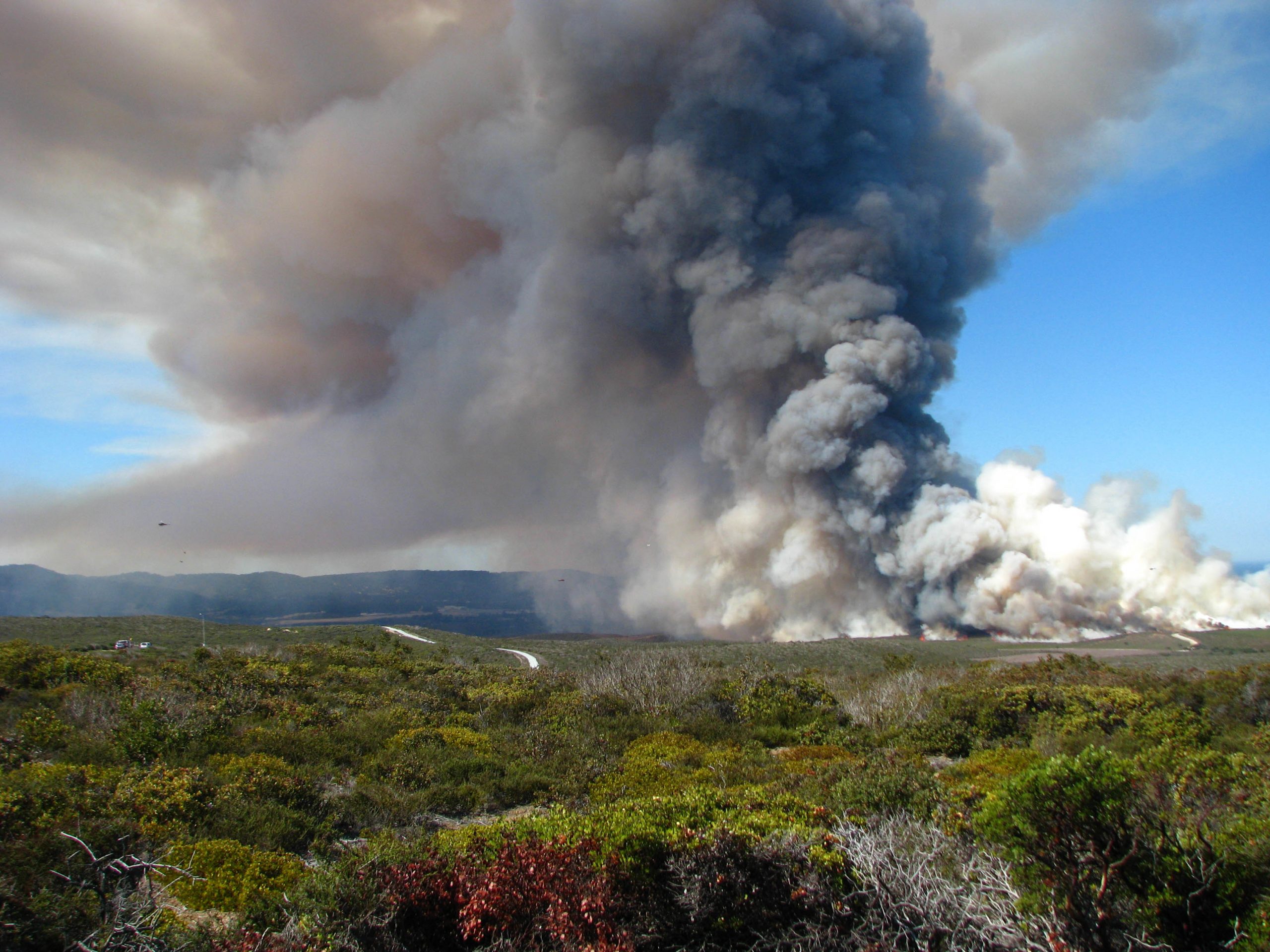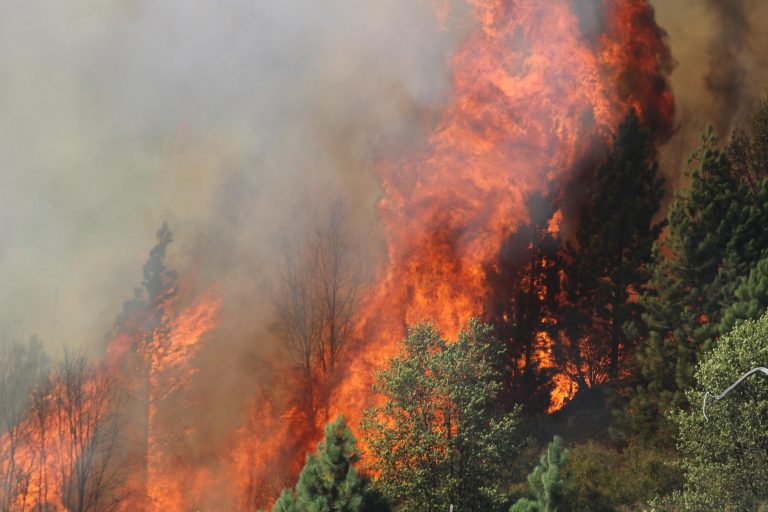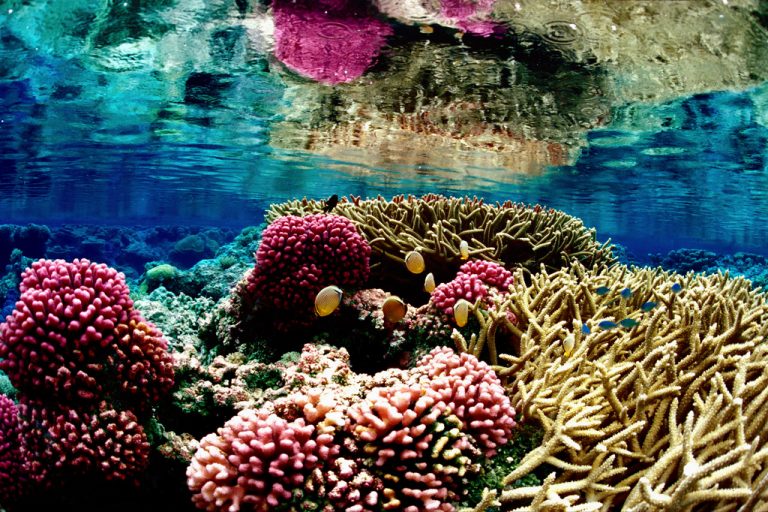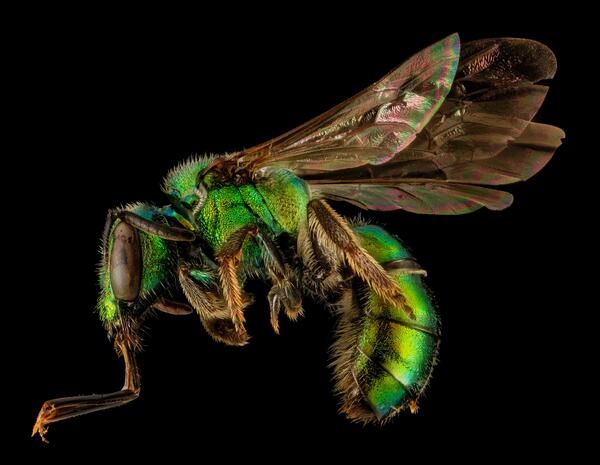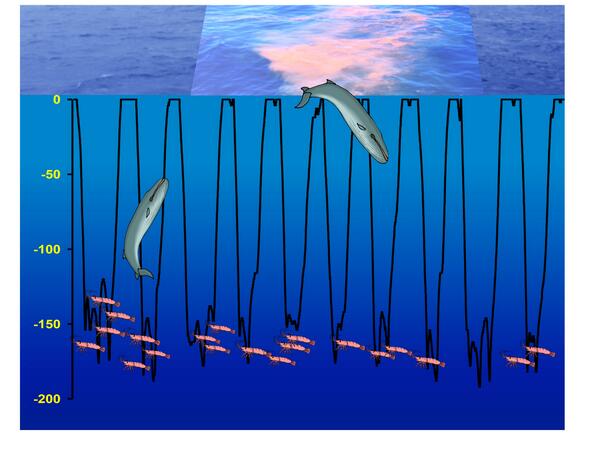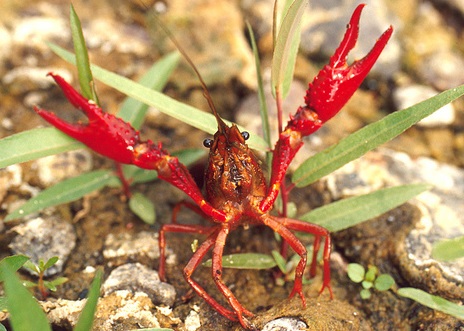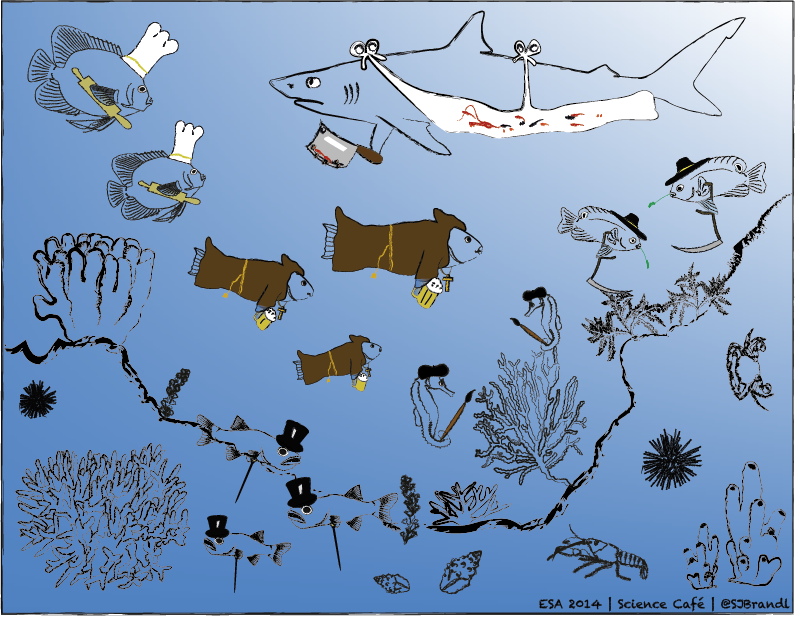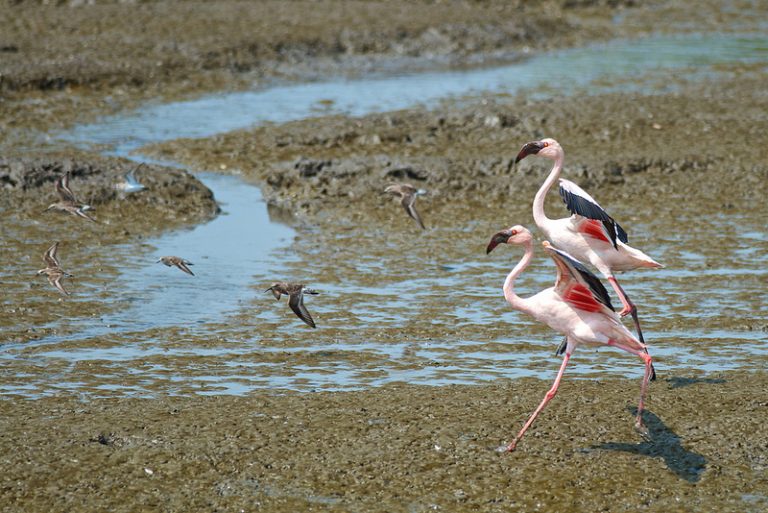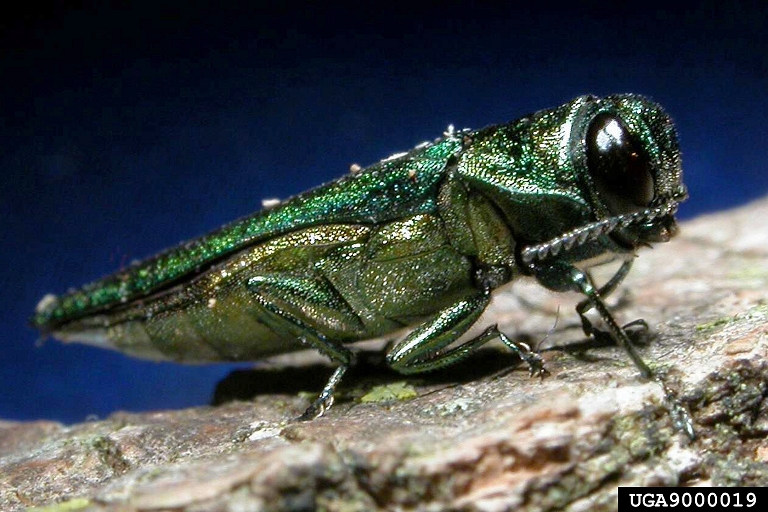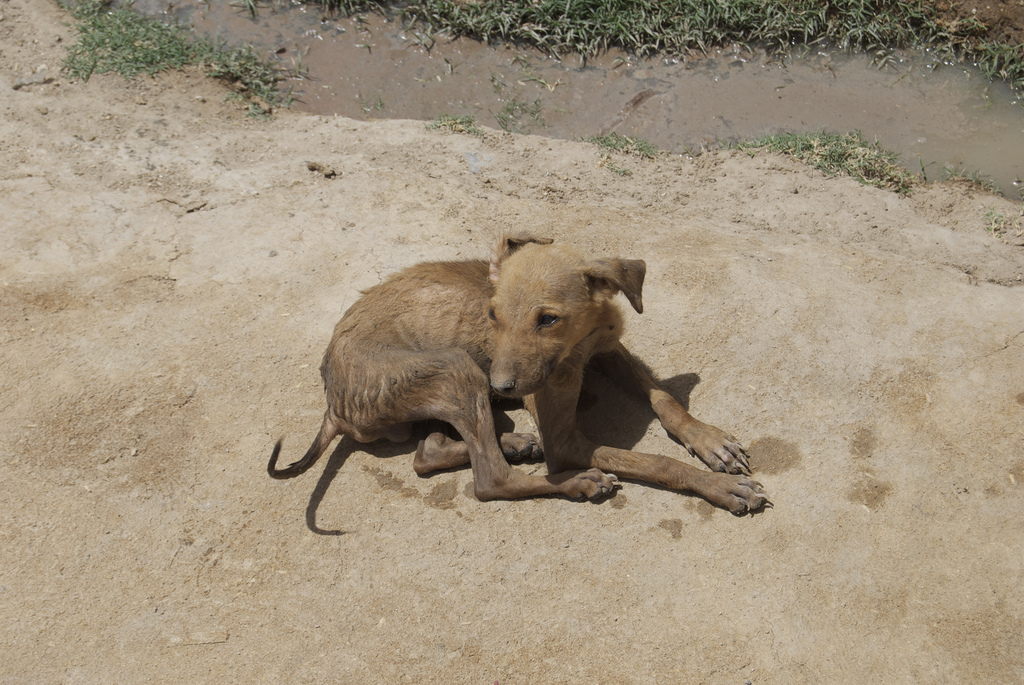
In India, vaccination, sterilization of stray dogs curbs rabies better than culls
When people encounter stray dogs in Jaipur, India, they cross the street to put distance between themselves and a potentially deadly bite. Street dogs are endemic in Indian cities and experience has taught citizens caution. The incidence of rabies in the stray population is uncomfortably high, resulting in about 20,000 human cases every year. Most cities have tried to solve…
